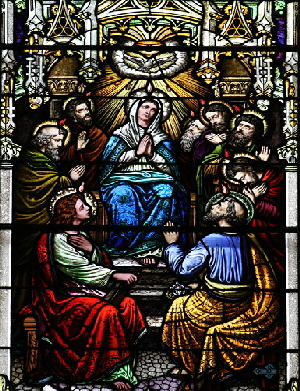|
The Bishop's role is to help these communities as much as possible while giving them their due autonomy to allow the Holy Spirit to prove their spirit authentic. The Bishop is to be a father (Padre) to them, but not lord (Padrone) and master.(7)
We call ourselves a movement because we do not fit the very precise definitions of Society of Apostolic Life or Institute of Religious Life. However; we see now a growing amount of new communities inspired by the Holy Spirit to live new forms of consecrated life. While some seek to remain strictly lay movements, others seek to live a more traditional religious life. Since these new forms have not yet been coded into canon law, they are being called movements by the Church.
I would like to address the false interpretation of the quote "there are no new religious orders." I have heard this phrase frequently interpreted to mean that no new religious communities can be founded. This is a false interpretation. Order is a canonical term which is no longer used to define a particular form of religious life. There was the O.F.M. Order of Friars Minor, O.P. Order of Preachers, O.C. Order of Carmel, O.S.B. Order of St. Benedict, etc. At some point the Church decided not to use this term any longer for the new foundings, hence the saying "there are no new religious orders." Many new communities are using words like, congregation of, or society of, or community of, or simply sisters of. It is licit to found a new religious community.
Our Charism is Total Consecration to Jesus through Mary. We give all that we are and all that we have to Her because She is the "easy, fast, straight, secure path"(8) to complete union with Her son Jesus. Our mission is to obtain this union with Christ for all people, first by living faithfully our own consecration, secondly, by spreading it by all evangelization means at our disposal. That is why we have all vocations within the same movement: priests, deacons, brothers, sisters, and lay members, married and single, both pure contemplative and contemplative/apostolic.
1 Code of Canon Law #'s 298 & 299
2 Fr. Elio Gambari, (a Canon Lawyer and advisor of the Congregation for Institutes of the Consecrated Life), " Preparatory Association of a Religious Institute" #1
3 Ibid. #'s 48 & 49
4 Ibid. #'s 26 & 27
5 Ibid. # 47
6 Ibid. # 46
7 Ibid. # 52
8 True Devotion to the Blessed Virgin by St. Louis Marie De Montfort
|


